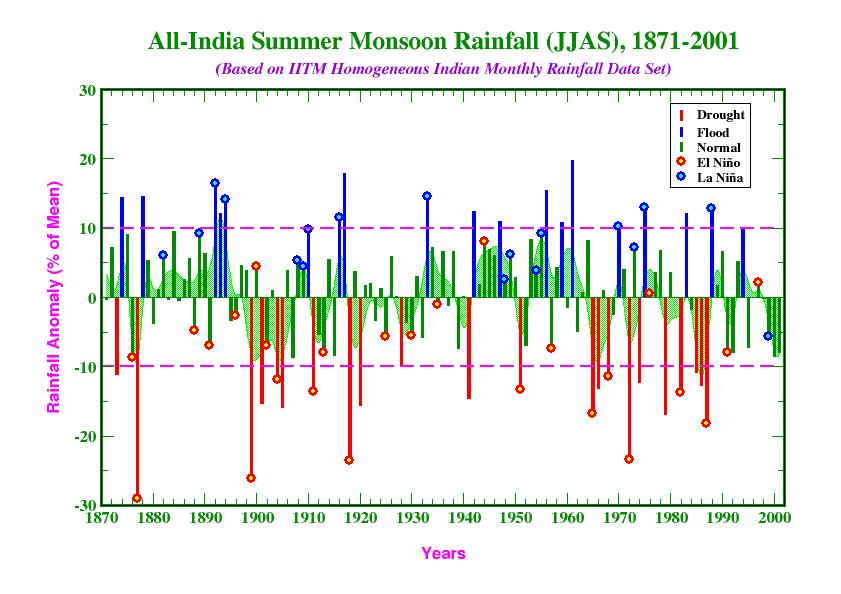

And these have adverse implications for the fishing community. When the monsoon winds change, cyclones strike the coasts, especially the Bay of Bengal.Ĭhanges in the important oceanic weather systems such as sea surface temperature, salinity, precipitation, sea level, frequency, and intensity of cyclones and droughts are now more evident due to climate change. Strong northeast winds blow from October until February, and southwest winds prevail from May until October. Our climate is affected by tropical monsoons. Moreover, there is a need for an immediate action plan to ensure sustainability in both marine and inland fisheries. Additionally, environmental challenges such as ocean acidification, coral bleaching, and altered river flows also impact the fisherfolk.Īccording to the paper titled, 'The Impact of Climate Change on Marine and Inland Fisheries and Aquaculture in India', it was estimated that ecosystem services of the east coast of India will reduce by 25 per cent in 25 years, resulting in a cumulative loss of $17 billion. There is no doubt that climate change has been affecting the marine and inland fisheries. With five months of time lost due to cyclones, and now because of the lockdown, their woes have only multiplied." "Due to cyclones, last year, the number of months the fisherfolk spent on the sea had reduced considerably. There are 0.2–0.3 million (fishers) in the marine fisheries.' Marine fishers are smaller (communities) in West Bengal as the coastline is very short. Pradip Chatterjee, President, National Platform for Small Scale Fish Workers (NPSSFW), says, 'In West Bengal alone if you take all categories of fish workers, fishers, fish farmers, fish vendors, there are about 3 million people. India's vast coastline of 7500 km is a source of livelihood for almost 16 million people-the beneficiaries not just include the fisherfolk but also the populace of ice breakers, fish vendors, vehicle owners carrying fish, and boat owners among others. The number of fishing days was reduced drastically due to both climate change risks and the COVID-19 scare. While the fishing community was still grappling with the previous year's losses, COVID-19 emerged, denting their incomes further. India faced almost nine cyclonic storms in 2019, the highest on record since 1974.

With the export sector looking fuzzy, and the warehouses packed, where and how will the fisherfolk sell their catch? In this article, Sharada Balasubramanian shares valuable insights.

Though fisheries have been exempted from the lockdown rules, there are other looming concerns. With the enforcement of social distancing, officials of fisheries departments began mulling how such restrictions could be put in place for the fishing harbour, landing centres, and auction houses. The community was still reeling under the losses from the previous year when COVID-19 hit hard. Most of the cyclones after 1974 happened in 2019. Last year, India's fishing community faced the brunt of cyclones. Even after the lockdown ends, the fisheries will take much longer to recover.

While the fishing community in India was still grappling with the previous year's losses, COVID-19 emerged, denting their incomes further.


 0 kommentar(er)
0 kommentar(er)
